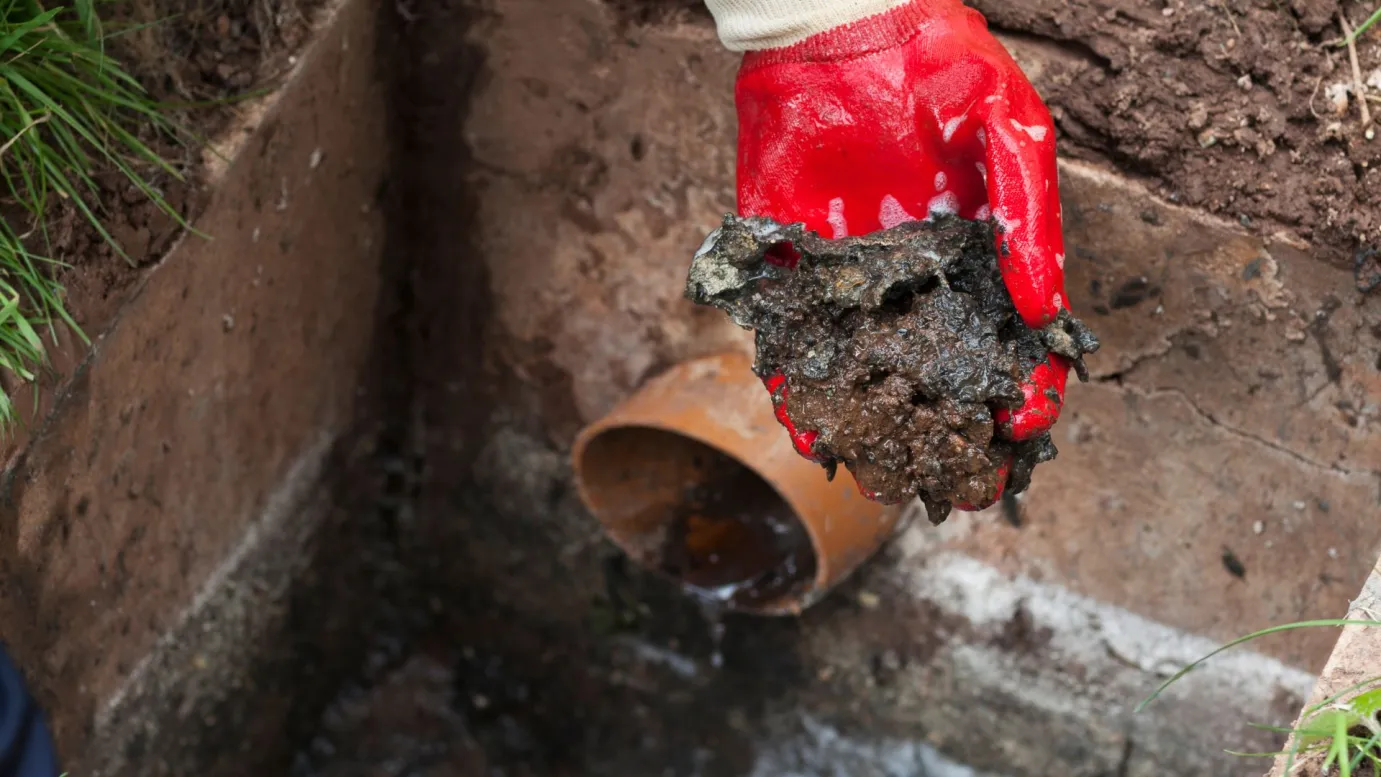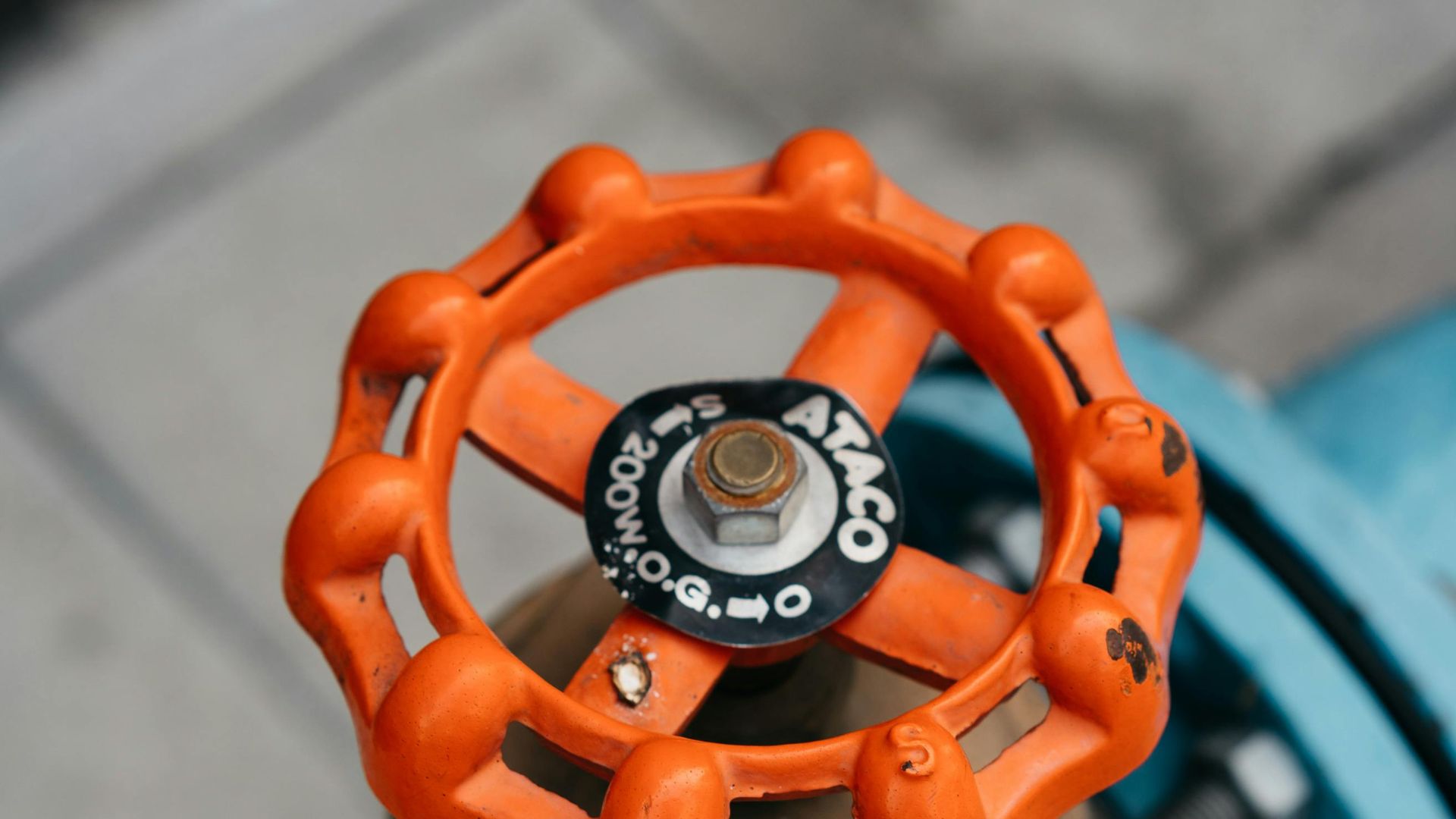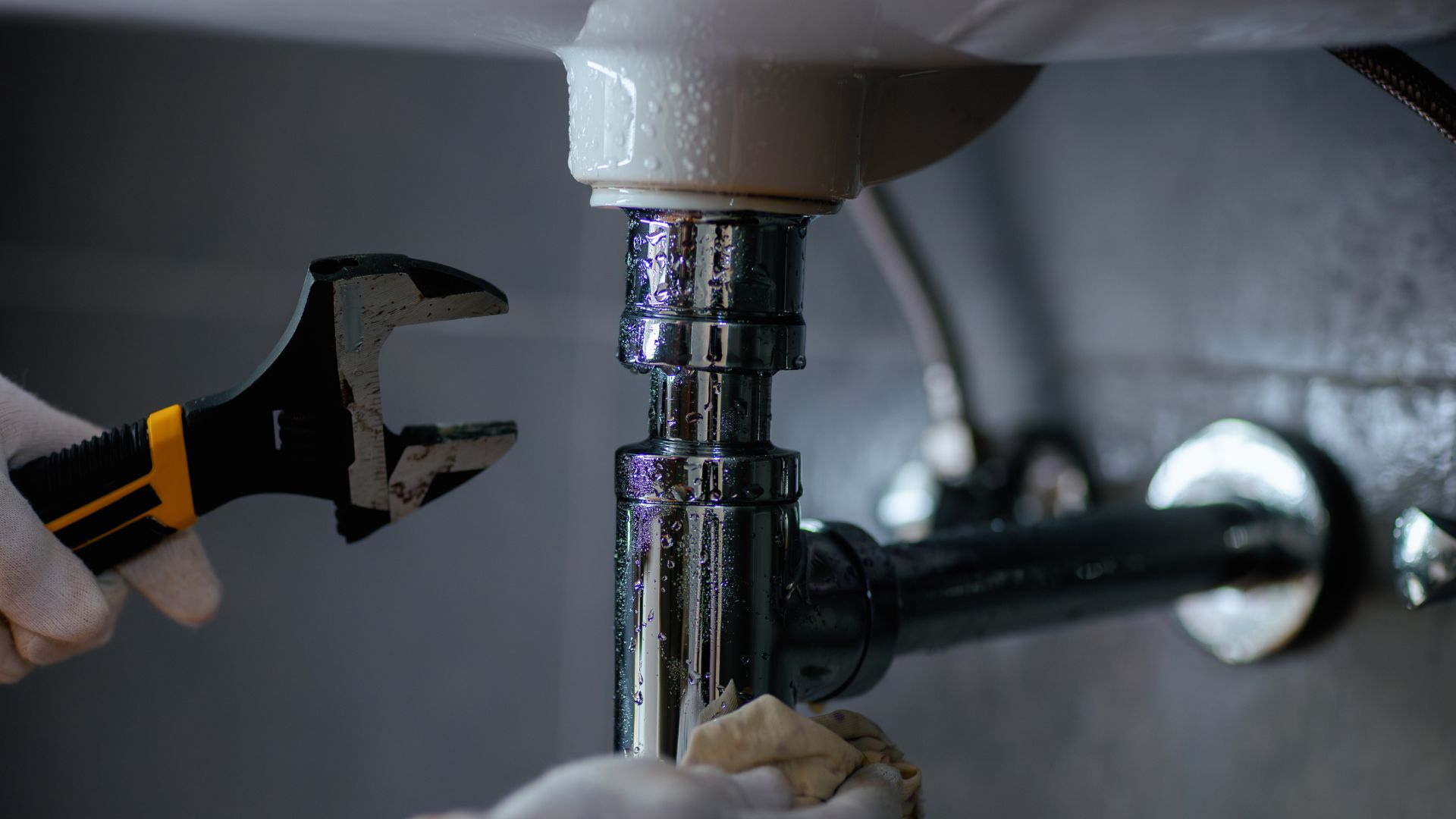When the rain starts pouring, your roof becomes a massive catchment area. But have you ever wondered where all that water actually goes? That’s where downpipes come in – the quiet achievers of rainwater management. These vertical pipes do the heavy lifting, safely directing water from your gutters to the ground.
Good stormwater drainage isn’t just a nice-to-have—it’s essential for protecting your home. Without it, rainwater can pool around your foundation, leading to leaks, cracks, and even flooding. But do downpipes always need to be hooked to a dedicated stormwater system? That’s a question many homeowners ask. Let’s break it down.
Understanding Stormwater Drainage
Stormwater drainage is the system that efficiently collects and directs rainwater runoff from roofs, driveways, and other hard surfaces around your property. Its primary purpose is to prevent flooding and protect your home from water damage.
In Australia, two main types of stormwater drainage systems are prevalent:
Council-managed systems
These are extensive networks of underground pipes, channels, and pits maintained by local councils. They collect stormwater from downpipes connected to homes and streets and safely transport it away from populated areas, often leading to rivers, creeks, or designated drainage points.
Soakwells
These are on-site systems consisting of perforated pipes or gravel pits buried underground. Downpipes channel rainwater into the soakwell, gradually filtering into the surrounding soil.
Soakwells can be a handy solution in certain areas, but they’re not always the be-all and end-all. Whether a soakwell will work well depends on factors like the soil type and your property’s water runoff capability.
Picture this: your downpipes aren’t properly linked to a drainage system. The ripple effects of this can be significant:
- Foundation damage: Excess water pooling around your house can seep into the foundation, causing cracks, structural instability, and costly repairs.
- Flooding: In heavy rain, disconnected downpipes can lead to overflowing gutters, flooding basements, garages, or even living areas.
- Mosquito breeding: Stagnant water around your property creates a breeding ground for mosquitoes, which pose a health risk and are unpleasant nuisances.
Benefits of a Properly Directed Downpipe System
Connecting your downpipes to a functional stormwater drainage system offers many advantages for your home and the environment. Here’s how:
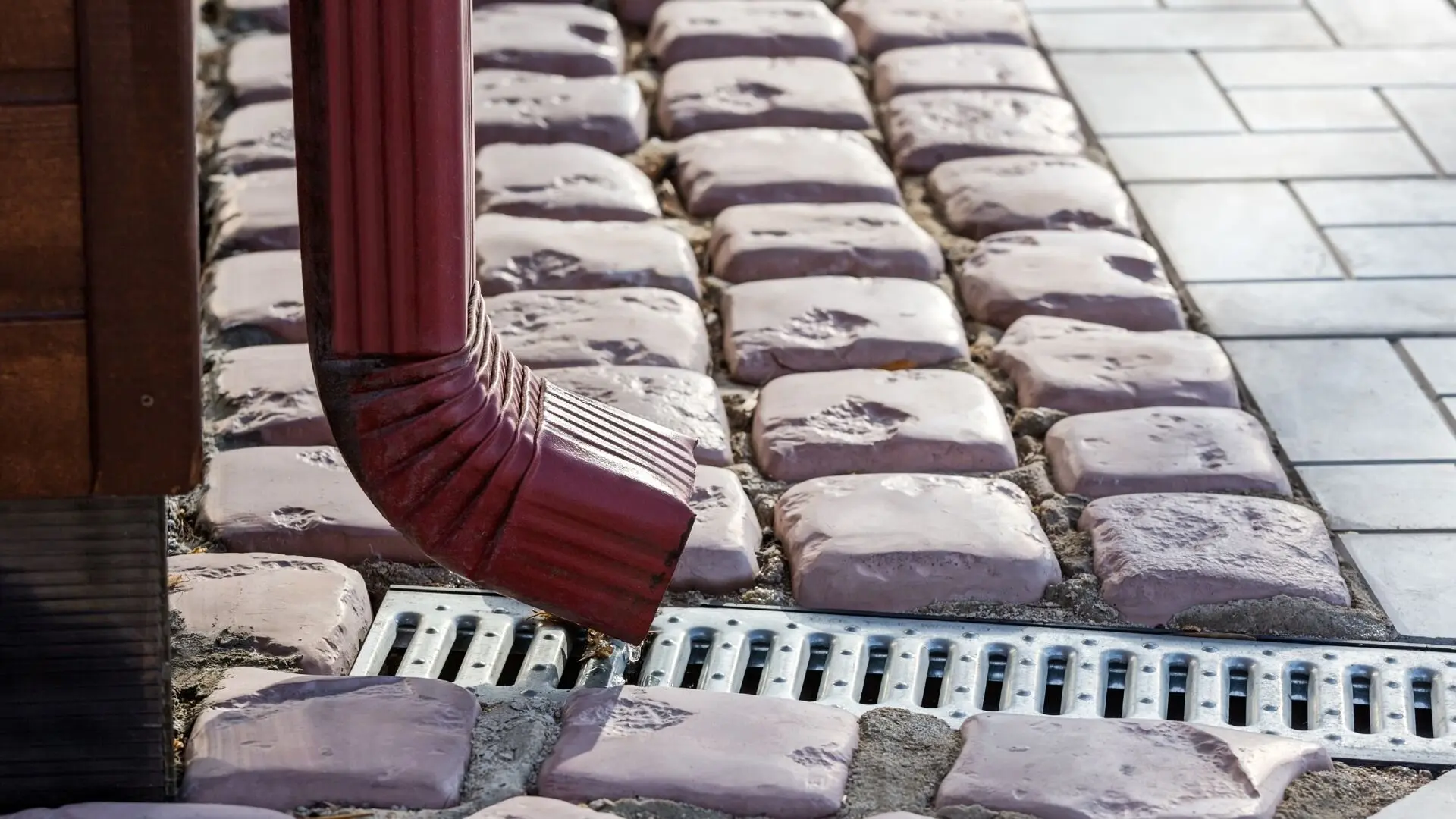
Shielding Your Foundation
A well-looked-after downpipe system is like a protective barrier for your home’s foundation. By channelling rainwater away, you stop water from pooling around the base. This lowers the chance of leaks in the foundation, saving you from hefty repair bills and structural problems.
Flood Fighter
During heavy downpours, a properly connected downpipe system is crucial in flood prevention. The drainage network efficiently handles increased water flow, preventing overflowing gutters and the subsequent flooding of basements, garages, or even living areas. This protects your belongings and minimises the need for costly water damage restoration.
Bye-Bye Mosquitoes
Stagnant water around your property creates a haven for mosquitoes to breed. Disconnected downpipes can lead to the formation of puddles, attracting these pesky insects and posing a potential health risk. A functional drainage system ensures water doesn’t accumulate, significantly reducing mosquito breeding grounds.
A Sustainable Choice
Proper stormwater management contributes to a healthier environment beyond protecting your home. Directing rainwater into designated drainage systems or soak wells helps replenish groundwater reserves and minimise strain on local water treatment facilities. Additionally, efficient drainage reduces soil erosion and helps maintain healthy ecosystems.
Don’t overlook the financial perks, either. Connecting your downpipes properly can help you dodge expensive repairs for water damage to your foundation, walls, and belongings. Steering clear of these potential problems can save you a tidy sum over time.
Downpipe Connection Regulations
The regulations surrounding downpipe connections can vary depending on your location in Australia. Each state and local council may have specific requirements for stormwater drainage on residential properties. To ensure you’re compliant and maximise the benefits discussed earlier, you must check with your local council for the most up-to-date regulations in your area.
Here are some common scenarios you might encounter:
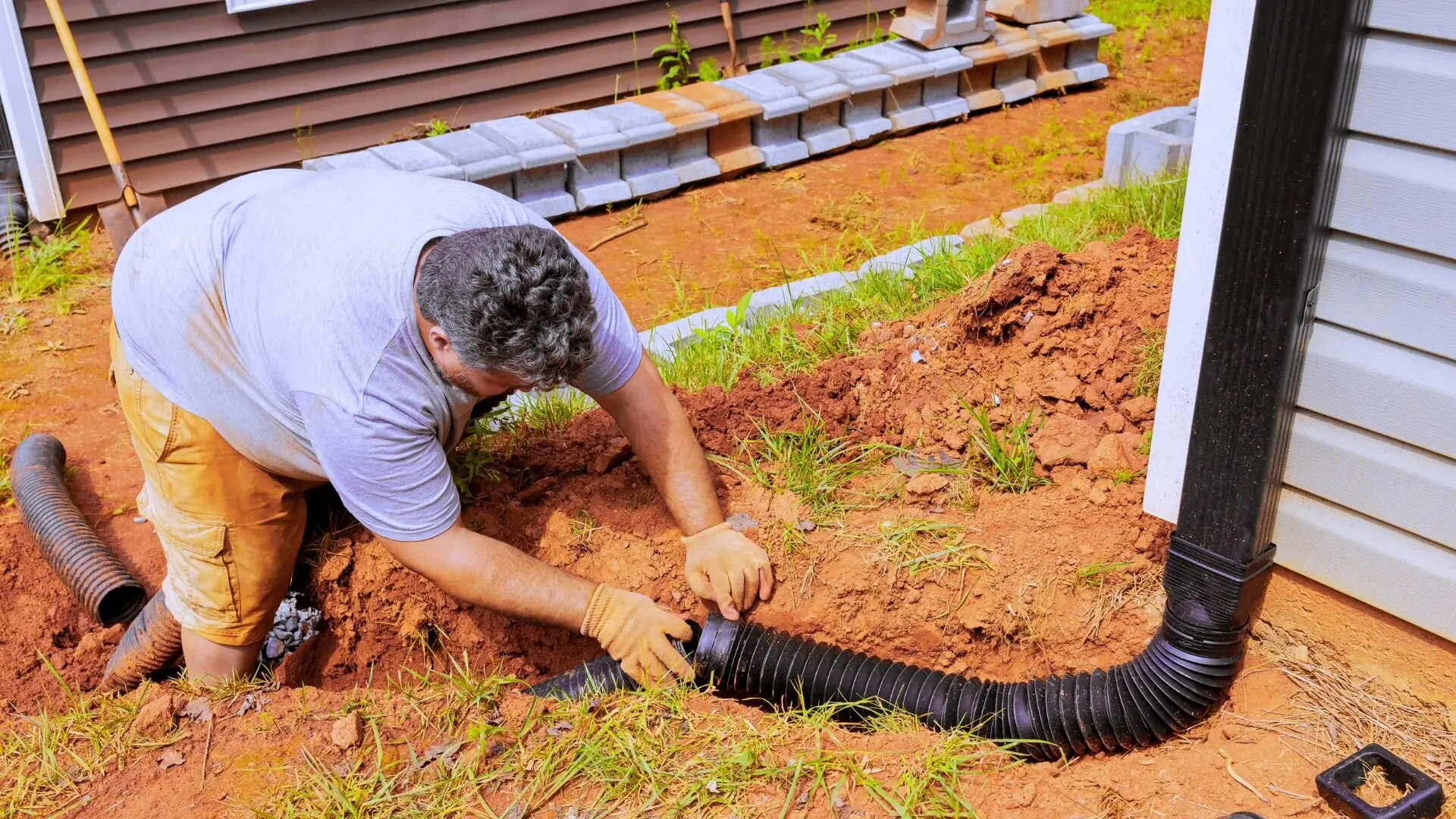
Mandatory Connection
In many regions, council-managed stormwater systems exist. Connecting your downpipes to this network is mandatory in these areas to ensure efficient water management and prevent overburdening local infrastructure.
Soakwell Options
Some councils may permit the use of soak wells as an alternative drainage solution, particularly in areas with suitable soil conditions and adequate drainage capacity. However, approval from your council and adherence to specific guidelines will likely be mandatory.
Following regulations isn’t just about dodging fines—it’s about protecting your home. When your downpipes are connected properly, water drains the way it should, keeping your home dry and helping the community’s drainage work efficiently.
Disconnection Exceptions: Exploring Alternatives (Optional)
Though typically recommended, connecting downpipes to a stormwater system isn’t always mandatory. Some councils might permit disconnecting downpipes for systems like rainwater harvesting under certain conditions. However, this usually means getting the right permits and following strict water management guidelines.
It’s important to remember that disconnection should only be considered under specific circumstances and with the express approval of your local council. Consulting with a licensed plumber is highly recommended. They can assess your property, understand your goals (like rainwater harvesting), and advise you on the feasibility and legality of downpipe disconnection in your area.
Essential Maintenance Tips
Like anything in your home, your downpipes and drainage system need a little TLC to work smoothly. Here’s how to stay ahead of any issues:
- Keep it clear: Leaves, twigs, and other debris can clog up your gutters and downpipes. A quick clean now and then can prevent nasty blockages that might send water where you don’t want it.
- Check for leaks: Have you spotted a crack or a leak? Don’t wait—getting it fixed early can save you from costly water damage later.
- Call in the pros (when needed): If you have a more complex drainage system, like soak wells, it’s worth having a plumber check it out occasionally to make sure everything’s working as it should.
For Complex Systems
Consider scheduling periodic professional inspections for complex drainage systems or those with soak wells. A qualified plumber can assess the functionality of your system and recommend any necessary cleaning or repairs.
Safeguard Your Home: Ensure Proper Downpipe Drainage
Thank you for learning the importance of proper downpipe connection and stormwater drainage for your Australian home. A functional downpipe system protects your property from water damage, flooding, and mosquito breeding while contributing to a sustainable environment.
However, navigating regulations and ensuring compliance can sometimes seem complex. At Fixed Today Plumbing, our licensed plumbers are experts in downpipe systems and drainage solutions. We can help you:
- Understand local regulations regarding downpipe connection.
- Assess your existing downpipe system and identify any potential issues.
- Clean and maintain your gutters and downpipes to ensure optimal performance.
- Repair leaks, cracks, or blockages in your downpipe system.
- Explore rainwater harvesting options (if permitted in your area) and ensure proper installation for sustainable water management.
By taking proactive measures to ensure proper downpipe connection and drainage, you safeguard your home and promote a healthy environment. Contact Fixed Today Plumbing today – we’re here to help you achieve peace of mind with a functional downpipe system.

